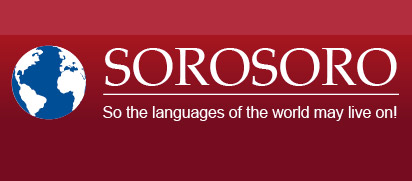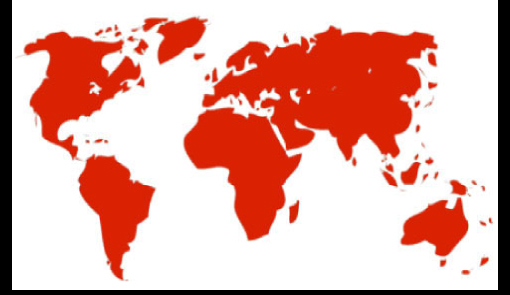Print  |
|


Xetá
Data collected by UNICEF
Data on Xetá
Alternative names: Cheta, Heta, Seta, Aré, Yvaparé.
Classification: Tupi family, Tupi-Guarani languages, group 1
The position of Xetá within group 1 of the Tupi-Guarani languages hasn’t always drawn consensus. We hereby follow Jensen (1999).
Geographical area: Brazil, states of Paraná, Santa Catarina and São Paulo.
There is no longer a Xetá community with a distinctive territory; the last speakers of Xetá live in cities or different communities (Kaingang among others).
The Xetá originally lived in the Northwest of the area today known as Paraná; along Rio Ivaí and its tributaries.
Number of speakers: It is believed that there are only 3 speakers left on a population of 8, according to Silva (2003).
Language status: No official status.
As opposed to most indigenous languages to Brazil, Xetá bears no official recognition, no measures of protection, promotion, or bilingual education.
Vitality & transmission:
Xetá is clearly on the brink of extinction. There are allegedly only 3 elderly speakers left and the language is no longer handed down. The Xetá have already virtually disappeared as an ethnic group; if their language disappears, there will be nothing left of their culture.
Historical & ethnographic observations
The Xetá are the last ethnic group of southern Brazil to have encountered colonial society. In the 1950s, as agricultural colonization and forest exploitation reached and rapidly destroyed their territory, one group of men, weary of constantly having to escape the « colonial front », ended up in contact with farmers of a fazenda. Estimations of the total Xetá population at the time of contact range between 200 and 400 souls. Less than three decades later, the Xetá had almost totally disappeared.
The rapid colonization of Paraná, the creation of the Itaipu dam, flooding the reservation they had been attributed, the massive destruction of their natural environmental and the diseases carried by the colonists but also the murders perpetrated by local famers got the better of the Xetá society, of which very few members survived.
There may be no more than 8 of them today, three women and five men, all from one same family. There could also be 4 other survivors, according to Povos Indígenas no Brasil. A meeting organized by the ISA gathered survivors of the Xetá community in 1997; up to this day, all of them were unaware of each other’s existence and the ties they shared. The meeting led to a claim of recognition of the Xetá people by the Brazilian state, compensation for the lands lost and the prejudice suffered by the community. Claims that have generated no follow-up at this point.
Sources
De Castro Alves, Flávia (2010). Brasil no Amazónico. In « Atlas sociolingüístico de pueblos indígenas en América Latina », UNICEF. Tome 1, pp 265-280.
Fabre, Alain. 2005. Diccionario etnolingüístico y guía bibliográfica de los pueblos indígenas sudamericanos. Available online [28/04/2011]
Online sources
Data collected by UNICEF on Xetá [28/04/2011]
Pages devoted to Xetá on the Povos Indígenas no Brasil website
Data collected by UNESCO on Xetá
Additional bibliography
Helm, Cecília Maria Vieira. 1994. Os Xetá: a trajetória de um grupo tupi-guarani em extinção no Paraná. Anuário Antropológico 92: 105-112. Rio de Janeiro: Tempo Brasileiro.
Jensen, Cheryl. 1999.”Tupi-Guarani”.Dans The Amazonian languages, R.M.W. Dixon and Alexandra Y.Aikhenvald (eds) Cambridge University Press, 1999
Maranhão, Maria Fernanda C. 1989. Etnoarqueologia Xetá. Monografia de Especialização em Antropologia Social. Curitiba: UFPR.
Silva, Carmen Lucia da. 2003. Em busca da sociedade perdida: o trabalho da memória Xetá. Tese de doutorado. Brasília: UnB.
Refer to Atlas sociolingüístico de pueblos indígenas en América Latina and Fabre (2005) for a more comprehensive bibliography.
Please do not hesitate to contact us should you have more information on this language: contact@sorosoro.org








